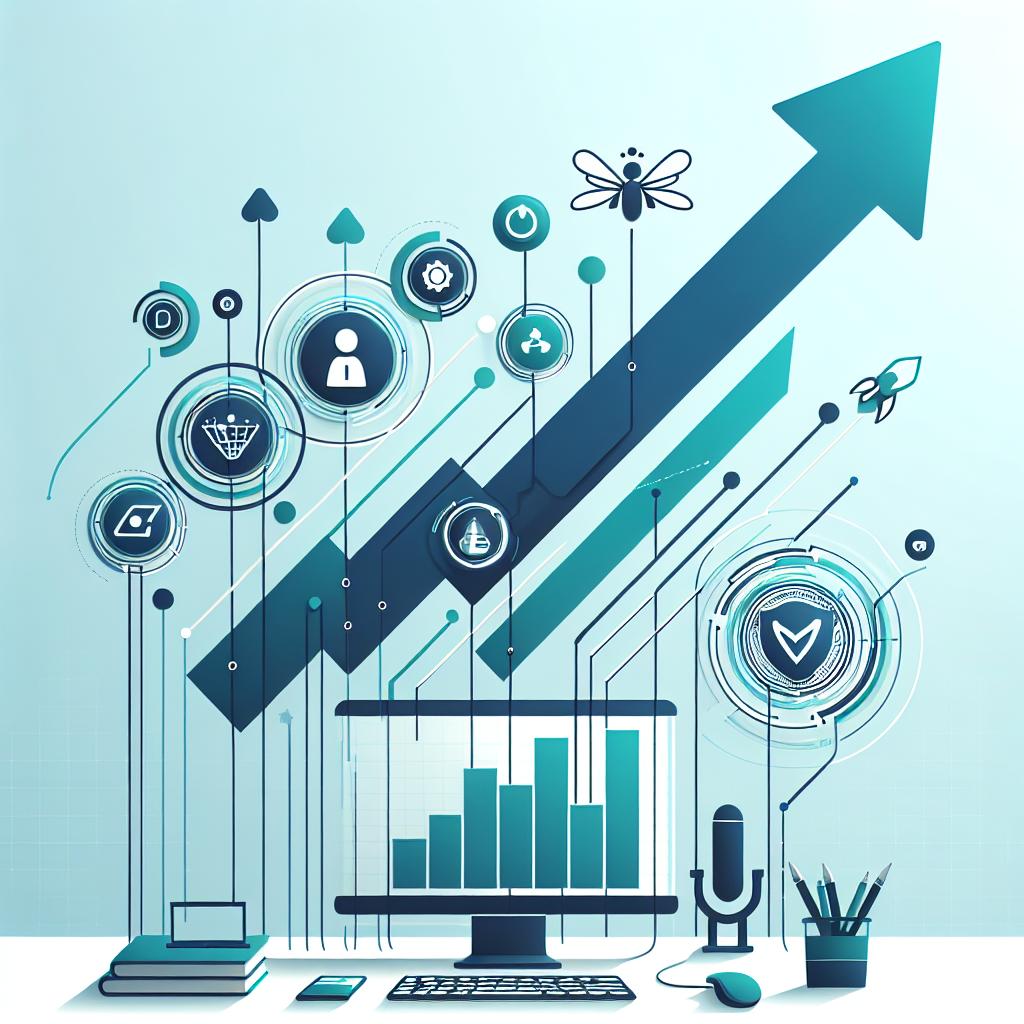-
Summary
- 2025-07-20 17:24

The convergence of diverse analytical perspectives reveals a robust trajectory for artificial intelligence (AI), spanning various facets of modern industries. From examining expansive market dynamics to scrutinizing niche segments like AI agents, the collective insights underscore a promising growth outlook for AI technologies. Analysts from reputed firms such as Techsci Research, Data Bridge Market Research, and MarketsandMarkets offer comprehensive evaluations, highlighting critical factors such as market size, emerging trends, and long-term growth projections extending till 2030 and beyond. Their contributions collectively paint a picture of an evolving ecosystem driven by continuous innovation and strategic maneuvers within the AI sphere.
Another pivotal point lies in the anticipation surrounding GPT-5’s launch slated for mid-2025. Publications like Vocal Media and Futurism spotlight the forthcoming impact of this next-gen AI model. While differing slightly in presentation, both media outlets converge on predicting transformative effects across numerous application fields. This impending release will likely reshape user interactions with AI, potentially redefining standards and capabilities in various sectors, thus marking a significant milestone in AI evolution.
The competitive arena for becoming the designated ‘National AI Representative’ exemplifies the escalating significance of AI in national agendas. Engaging entities range from tech conglomerates to academic institutions and government departments. This intense competition not only underlines the ambition of individual players to secure advantageous positions but also reflects a broader societal trend where countries strive for technological superiority. Such designations can lead to enhanced policy frameworks and resource allocation, fostering further advancements in AI technologies on a national scale.
The provided data encompasses multiple reports focused on different aspects of the artificial intelligence (AI) market. Each document delves into market size, trends, growth analysis, industry overview, and future forecasts up until years 2030 and 2032. These analyses cover both broad AI markets as well as specific segments like AI agents. Key findings indicate significant expansion potential within these sectors over the upcoming decade.
In summary, there is an extensive examination across several dimensions such as global market share, competitive landscape, technological advancements, and strategic initiatives impacting the AI domain. Entities involved include Techsci Research, Data Bridge Market Research, MarketsandMarkets, which provide detailed insights through their respective platforms.
The anticipated release date for GPT-5 is set for July 2025. Both articles from Vocal Media highlight significant changes expected with this new iteration of artificial intelligence technology. One article emphasizes its appearance on Vocal Media's main page while another focuses on insights shared through Futurism. Despite different publication sources, both agree that GPT-5 could redefine aspects of AI applications across various domains.
In summary, the primary focus remains on the introduction timeline and transformative potential of GPT-5 in the realm of AI.
In recent developments, multiple parties have engaged in fierce competition over securing the title of 'National AI Representative'. This designation signifies significant influence and leadership in advancing artificial intelligence technologies at a national level. Various stakeholders including tech companies, research institutions, and governmental bodies are involved in this race. Each participant aims to leverage this prestigious status to enhance their strategic positioning, gain substantial resources, and contribute towards setting national AI policies.
The competitive dynamics highlight the growing importance attributed to AI advancements across different sectors. It underscores both private sector ambitions and public interest in leading AI initiatives. The rivalry reflects broader trends where nations prioritize technological supremacy through specialized roles like an AI representative.
The theme revolves around the emergence of advanced smartphones that have significant financial implications for consumers, termed as 'money-draining second-generation smartphones.' This development is part of an ongoing phenomenon referred to as 'KOREA MIrroracle, ' which highlights notable advancements in South Korea's tech industry. Additionally, there is a focus on how component manufacturers are adapting by integrating humanoid technology into their operations. Both articles from Sedaily emphasize this dual aspect: new smartphone models causing economic concerns due to high costs and the shift among hardware suppliers towards adopting humanoid innovations. A separate report from Naver News provides supplementary insights into these trends without diverging from the primary subjects discussed in other sources.
The Daedong Group announced significant advancements towards transforming domestic agriculture through Physical Artificial Intelligence (AI) technology. This initiative focuses on three core areas: movement, labor, and cultivation. In multiple reports from Nate News, it was highlighted that Daedong aims to revolutionize these aspects using their newly unveiled 'Agricultural 3D AI Plan'. The company's strategy involves leveraging AI for improving operational efficiency and productivity across different stages of farming.
In detail, the coverage emphasized how Daedong plans to implement AI solutions specifically designed for agricultural mobility, workforce management, and crop growth processes. These technological implementations aim at enhancing precision, reducing manual efforts, and optimizing resource utilization in farming practices.